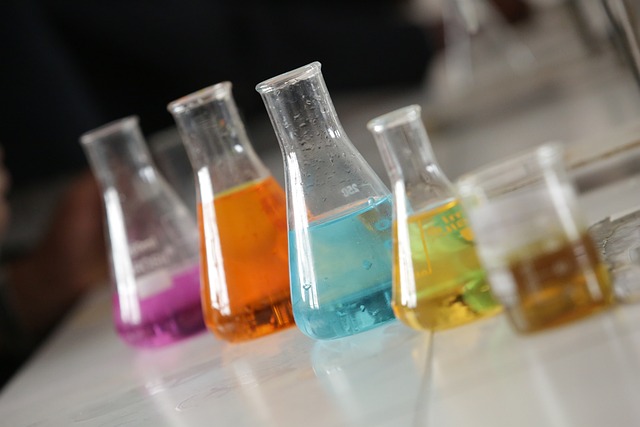Introduction
Methylphthalyl Ethyl Glycolate (MPEG), identified by CAS number 85-71-2, is an organic compound widely recognized for its pleasant aroma and applications in various industries. This article explores its chemical properties, applications, safety considerations, and environmental impact.
Chemical Properties
Molecular Structure and Formula
– Chemical Formula: C12H14O5
– Molecular Weight: 238.24 g/mol
– Appearance: Colorless to pale yellow liquid
– Odor: Pleasant, floral, and slightly balsamic
– Solubility: Soluble in organic solvents like ethanol and diethyl ether; limited solubility in water
Chemical Stability and Reactivity
– Stable under normal conditions but may degrade upon prolonged exposure to light and heat.
– Reacts with strong acids and bases, potentially altering its structure.
– Compatible with most organic compounds in fragrance and cosmetic formulations.
Applications
Perfumery and Fragrance Industry
Methylphthalyl Ethyl Glycolate is a key ingredient in the fragrance industry due to its floral, balsamic scent. It is used in:
– Perfumes – As a middle note for floral and woody compositions.
– Colognes – Enhancing aromatic balance in masculine and unisex scents.
– Soaps and Detergents – Imparting long-lasting fragrance to cleaning products.
– Personal Care Products – Found in body lotions, shampoos, and deodorants.
Cosmetics and Personal Care
Due to its mild and long-lasting scent, MPEG is frequently included in:
– Skincare formulations – Used in creams and lotions to add a subtle fragrance.
– Haircare products – Present in shampoos and conditioners to enhance sensory appeal.
– Deodorants and antiperspirants – Providing freshness and odor masking.
Industrial Uses
Methylphthalyl Ethyl Glycolate also finds applications in industrial formulations, including:
– Air fresheners and household cleaners – Used to create pleasant indoor environments.
– Textile and fabric softeners – Enhancing the scent of laundered fabrics.
– Polishes and waxes – Adding a floral note to furniture and automobile polishes.
Safety and Handling
Health and Exposure Risks
While generally considered safe for industrial and cosmetic use, MPEG should be handled with care:
– Inhalation: Excessive exposure may cause mild respiratory irritation.
– Skin Contact: May cause slight irritation in sensitive individuals.
– Eye Contact: Can lead to temporary discomfort and redness.
– Ingestion: Not intended for oral consumption; accidental ingestion should be avoided.
Storage and Stability
– Store in a cool, dry place away from direct sunlight.
– Keep containers tightly sealed to prevent oxidation and evaporation.
– Avoid exposure to strong acids, bases, and oxidizing agents.
First Aid Measures
– Inhalation: Move to fresh air and seek medical attention if discomfort persists.
– Skin Contact: Wash with soap and water; discontinue use if irritation occurs.
– Eye Contact: Rinse thoroughly with water for at least 15 minutes.
– Spill Handling: Absorb with inert material and dispose of according to local regulations.
Environmental Impact
Methylphthalyl Ethyl Glycolate is biodegradable but should still be used responsibly:
– Biodegradability: Decomposes naturally in the environment.
– Aquatic Toxicity: Avoid direct disposal into water bodies to prevent ecological disruption.
– Regulatory Considerations: Compliant with many environmental safety standards but should be used within recommended guidelines.
Conclusion
Methylphthalyl Ethyl Glycolate (CAS: 85-71-2) is a valuable compound in the fragrance, cosmetic, and industrial sectors. With its pleasant scent and versatile applications, it remains a key ingredient in numerous consumer and industrial products. Proper handling and responsible usage ensure safety and minimal environmental impact.
